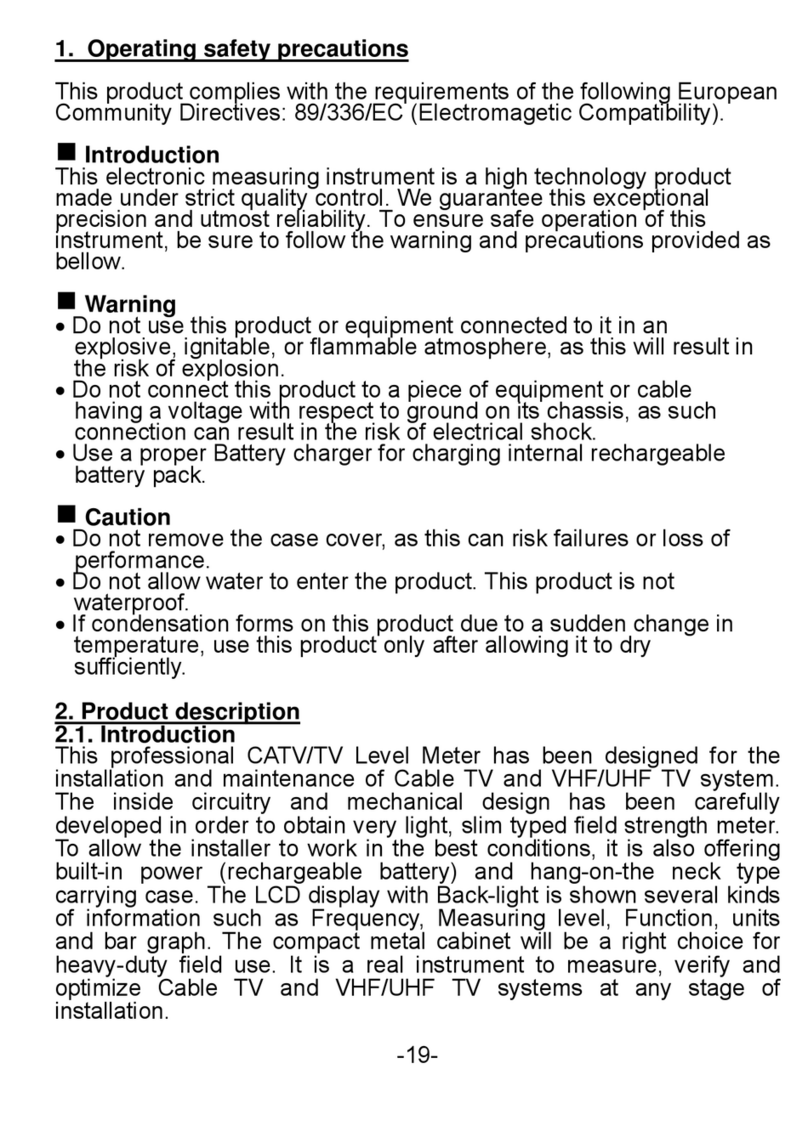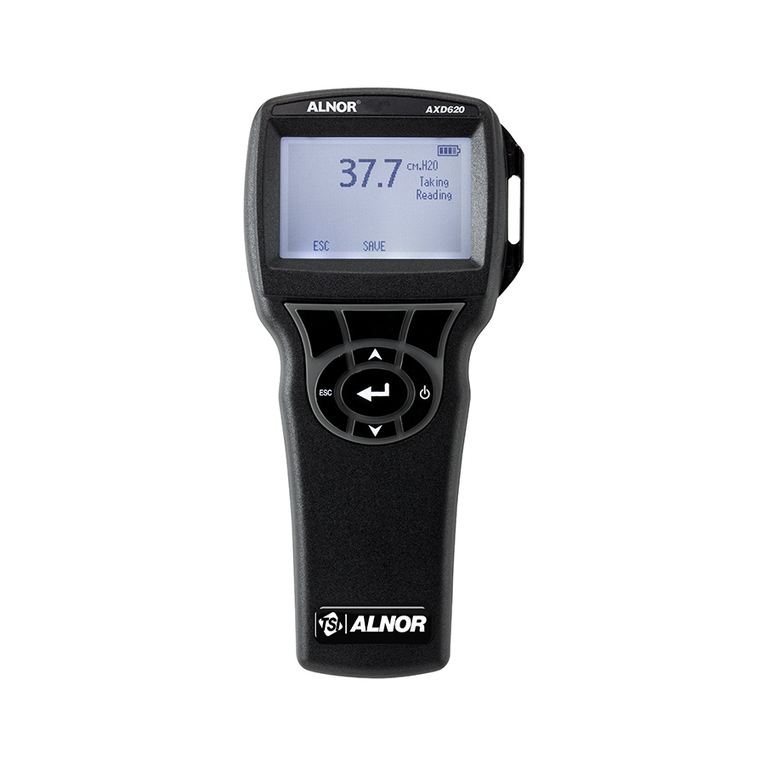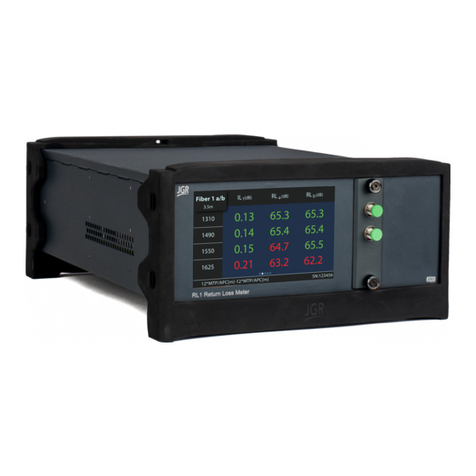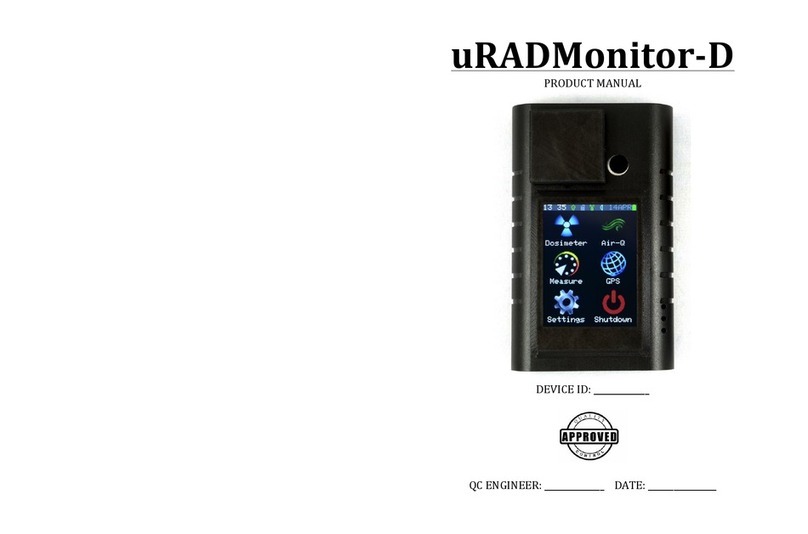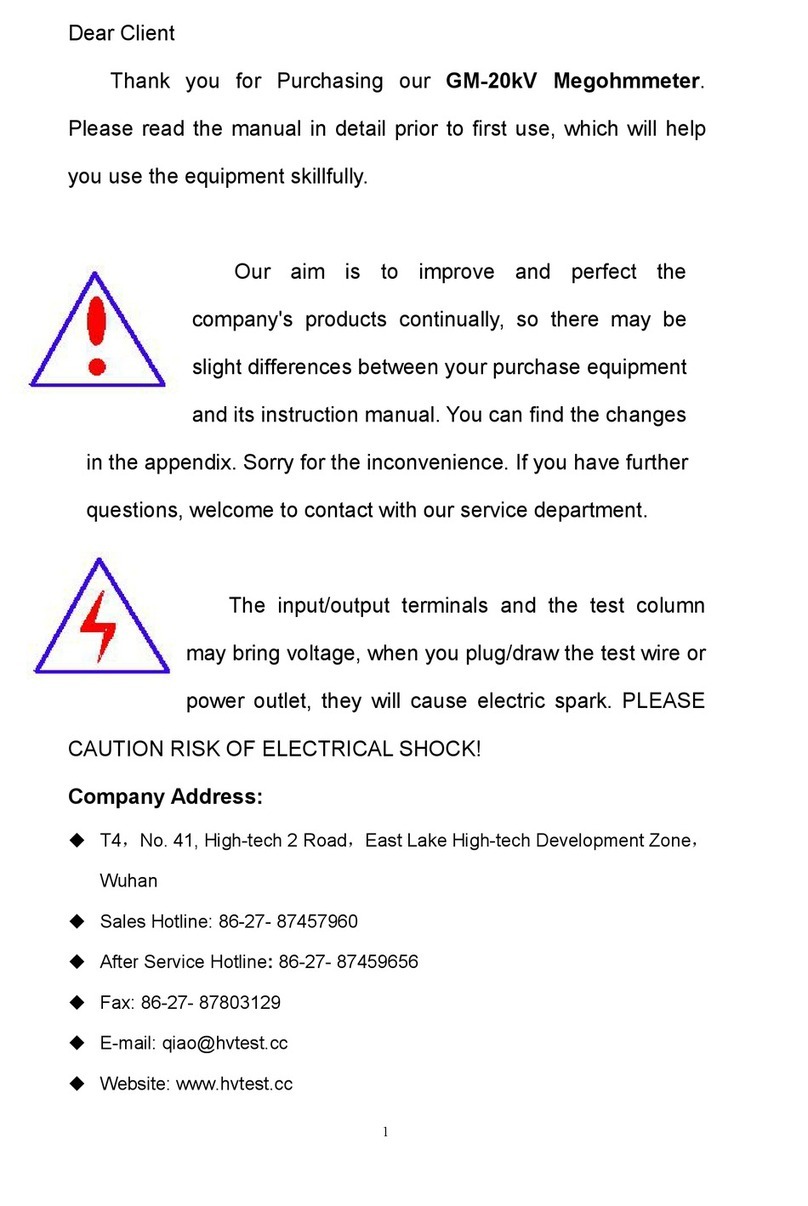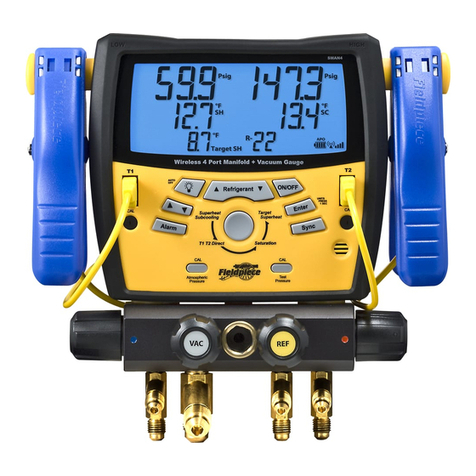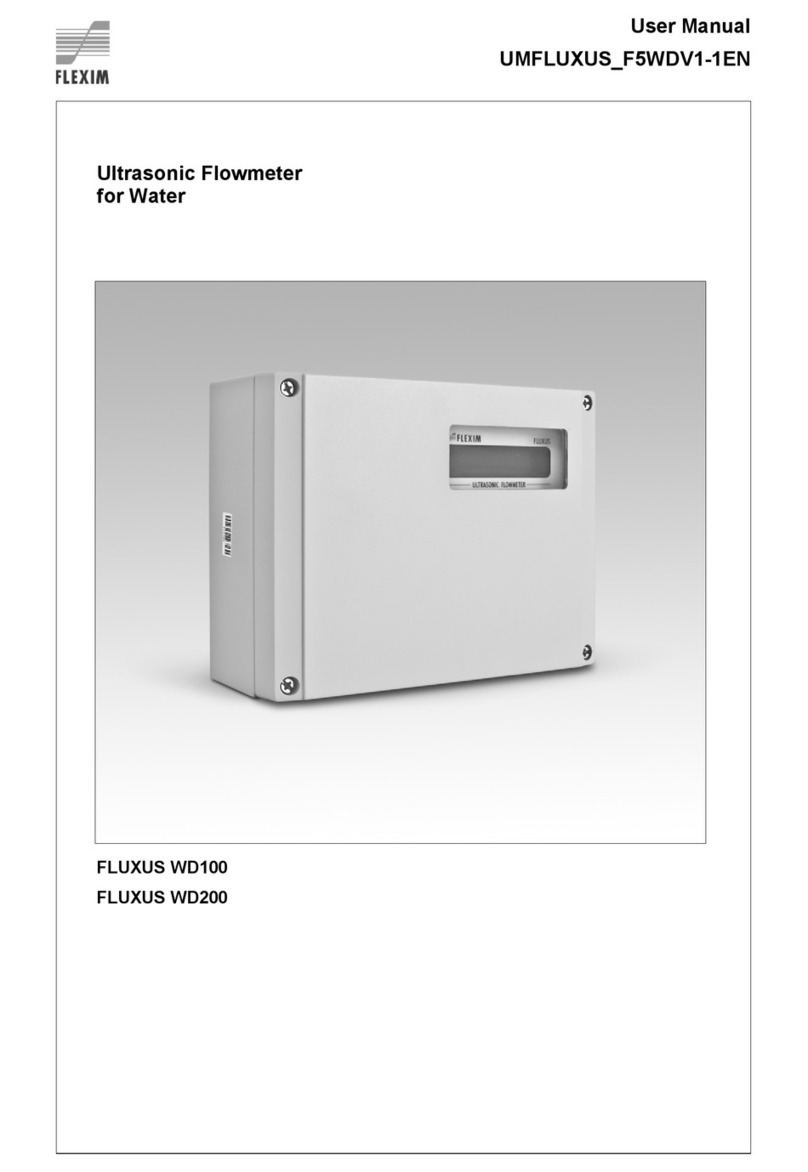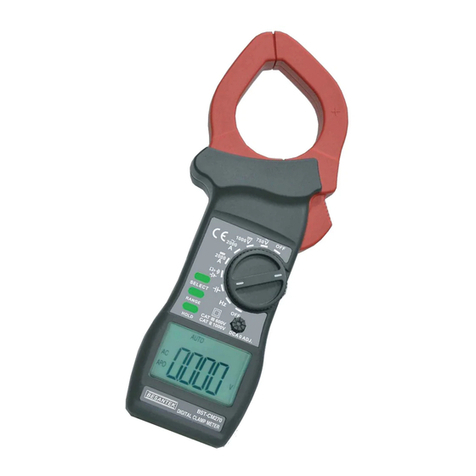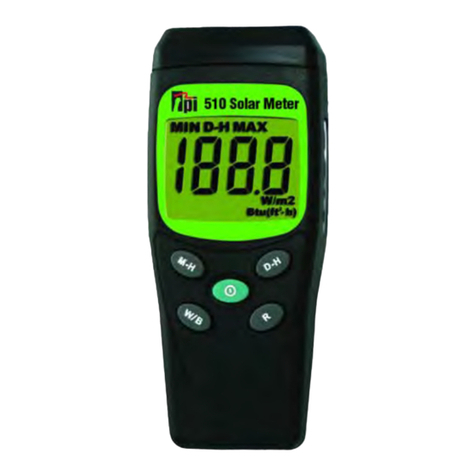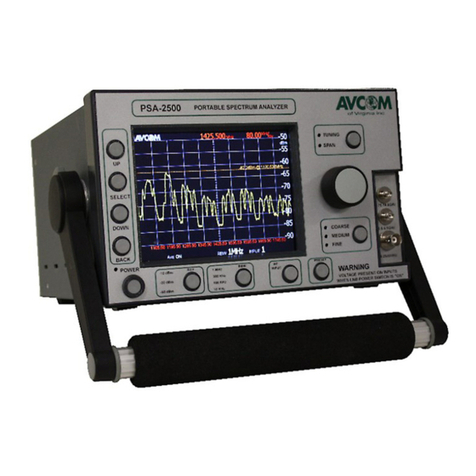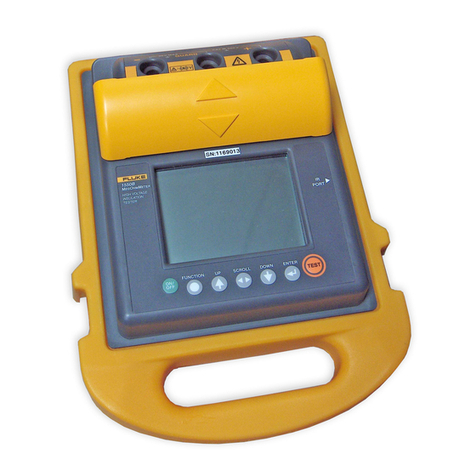Memsense Nano IMU Installation instructions

Information provided herein is considered accurate however is not guaranteed. Memsense reserves the right to change specifications at any time, without notice.
Document Number
DOC00290
Document Revision
J
Page i
Product Specification & User Guide
Document Number: DOC00290
Document Revision: J
MEMSENSE.COM
888.668.8743

Information provided herein is considered accurate however is not guaranteed. Memsense reserves the right to change specifications at any time, without notice.
Document Number
DOC00290
Document Revision
J
Page ii
Document Change History
REV
STATUS
DESCRIPTION
DATE
A
Obsolete
Initial Release
6-11-2008
B
Obsolete
Added section 5.2 USB DAQ Options and Table 5. Changed specifications
table from 5 to 6. Removed the last page – Template Change tracking
table.
9-29-2009
C
Obsolete
Changed title page photo. Changed Figure 1. Changed Table 6 “Supply
Voltage” parameter name.
11-30-2009
D
Obsolete
Added pull up resistor recommendation to the I2C/SMBus section
11-15-2010
E
Obsolete
Updated USB DAQ section.
9-27-2011
F
Obsolete
Updated Logos and removed I2C options.
5-22-2013
G
Obsolete
Updated specifications and format.
6-4-2015
H
Obsolete
Updated velocity random walk parameters
1-28-2016
J
Released
Updated specifications for 2g accelerometer Digital Scale Factor.
6-9-2016

Information provided herein is considered accurate however is not guaranteed. Memsense reserves the right to change specifications at any time, without notice.
Document Number
DOC00290
Document Revision
J
Page iii
TABLE OF CONTENTS
1.0 OVERVIEW................................................................................................................................................... 1
2.0 SPECIFICATIONS........................................................................................................................................... 1
3.0 MECHANICAL............................................................................................................................................... 3
3.1 Dimensions ......................................................................................................................................................................3
3.2 Coordinate System...........................................................................................................................................................4
4.0 COMMUNICATIONS..................................................................................................................................... 5
4.1 Commands.......................................................................................................................................................................5
4.2 Sample Format................................................................................................................................................................. 5
4.3 Measurement ..................................................................................................................................................................7
5.0 HARDWARE ................................................................................................................................................. 8
5.1 Connections .....................................................................................................................................................................8
5.2 Pin Function Description..................................................................................................................................................8
5.3 RS422 Connection Description ........................................................................................................................................ 9
6.0 OPTIONS...................................................................................................................................................... 9
6.1 Part Numbers...................................................................................................................................................................9
6.2 USB Data Acquisition (DAQ) Module Options.................................................................................................................. 9

Information provided herein is considered accurate however is not guaranteed. Memsense reserves the right to change specifications at any time, without notice.
Document Number
DOC00290
Document Revision
J
Page 1
1.0 OVERVIEW
The NANO IMU is a miniature, light weight IMU
featuring outputs of acceleration, angular rate, and
magnetic field. Digital outputs are factory
configured to the RS422 protocol and custom
algorithms provide real-time data corrected over
the operating temperature range. The Nano IMU is
provided in a composite thermoplastic housing
measuring 1.835 in. x 0.903 in. x 0.56 in. and has a
mass of a mere 20 grams.
2.0 SPECIFICATIONS
Table 1 - Specifications
ACCELERATION
UNITS
NOTES
Dynamic Range
± 2
± 5
± 10
g
Minimum
Bias Instability
33
75
163
µg
Typical
Offset
± 3.1
± 4.2
± 5.1
mg
Typical
Nonlinearity
± 0.4
± 0.4
± 0.4
% of FS
Typical
Velocity Random Walk
0.030
0.080
0.140
m/s/h -1/2
Typical
Noise Density
81
166
363
µg/Hz-1/2
Typical
Digital Scale Factor
9.1553E-05
2.2888E-04
4.5776E-04
g/bit
Bandwidth 1
50
50
50
Hz
-3dB point
ANGULAR RATE
UNITS
NOTES
Dynamic Range
± 150
± 300
± 600
± 1200
/s
Minimum
Bias Instability
20
20
20
20
/h
Typical
Offset
± 0.26
± 0.21
± 0.27
± 0.22
/s
Typical
Nonlinearity
± 0.1
± 0.1
± 0.1
± 0.1
% of FS
Typical
Angle Random Walk
2.0
2.0
2.0
2.0
/h -1/2
Typical
Noise Density
0.051
0.051
0.055
0.065
/s /Hz-1/2
Typical
Digital Scale Factor
6.8665E-03
1.3733E-02
2.7465E-02
5.4932E-02
/s /bit
Bandwidth 1
50
50
50
50
Hz
-3dB point

Information provided herein is considered accurate however is not guaranteed. Memsense reserves the right to change specifications at any time, without notice.
Document Number
DOC00290
Document Revision
J
Page 2
MAGNETIC FIELD
UNITS
NOTES
Dynamic Range
± 1.9
gauss
Minimum
Offset
± 0.005
gauss
Typical
Nonlinearity
± 0.5
% of FS
Typical
Noise Density
79.2
µgauss /Hz-1/2
Typical
Digital Scale Factor
8.6975E-05
gauss /bit
Bandwidth 1
50
Hz
-3dB point
TEMPERATURE
UNITS
NOTES
Digital Scale Factor
1.8165E-02
C/bit
PHYSICAL
UNITS
NOTES
Dimensions
1.83 x 0.9 x 0.55
in.
(L x W x H)
Mass
20
grams
OPERATIONAL REQUIREMENTS
UNITS
NOTES
Supply Voltage
5.4 to 9.0
VDC
Supply Current
140
mA
Interface Connector
Hirose HR30
6 pin
ABSOLUTE MAXIMUM RATINGS
UNITS
NOTES
Acceleration Powered
2000
g
0.5 ms any axis
Supply Voltage
-0.3 (min) to +12 (max)
VDC
“C” Temperature Range
0 to 70
C
“M” Temperature Range
-40 to 85
C
Storage Temperature
-55 to 125
C
1)Other bandwidth configurations are available upon request.
2)Other configurations are available on a special order basis. Contact sales for more information.
3)Custom correction temperature profiles are available. Contact sales for more information.
4)Typical Values at 25C, Supply Voltage = 7.0 VDC, 0 /s, unless otherwise noted.

Information provided herein is considered accurate however is not guaranteed. Memsense reserves the right to change specifications at any time, without notice.
Document Number
DOC00290
Document Revision
J
Page 3
3.0 MECHANICAL
3.1 Dimensions
The Nano IMU is available in a custom package measuring 1.832 in. length × 0.546 in. height × 0.900 in.
width. Holes are located in each corner allowing #0-80 machine screws to be utilized to mount the IMU
to a PCB or chassis. Figure 1 depicts the physical dimensions of the part and its features.
Figure 1 - Physical Dimensions

Information provided herein is considered accurate however is not guaranteed. Memsense reserves the right to change specifications at any time, without notice.
Document Number
DOC00290
Document Revision
J
Page 4
3.2 Coordinate System
The coordinate system for the IMU follows the right hand rule convention. The sign convention for the
accelerometers is configured to produce a positive signal when the IMU is accelerated in the opposite
direction of the axis arrow. As an example, the IMU pictured in Figure 2 below (given the X and Y axis are
parallel to the earth’s surface) will produce 0 gs for the X and Y axes and a positive 1 g for the Z-axis. As
a further example, if the IMU were moved forward (left side of the page) the X-axis accelerometer would
produce a positive output. A counterclockwise rotation of the IMU about any of the depicted axis will
produce a positive angular rate output for the corresponding axis.
Figure 2 –Nano IMU coordinate system, side view

Information provided herein is considered accurate however is not guaranteed. Memsense reserves the right to change specifications at any time, without notice.
Document Number
DOC00290
Document Revision
J
Page 5
4.0 COMMUNICATIONS
4.1 Commands
The Nano IMU does not currently offer a command structure or API that allows modification of device
characteristics at runtime.
4.2 Sample Format
Data samples are formatted as shown in Table 2. Each data channel (i.e. accelerometer, magnetometer,
gyro) is represented by a signed (2’s complement) 2-byte short (16-bit) integer that must be converted
to its corresponding engineering unit before use (see Section 2.3). An individual data packet is
collectively referred to as a sample.
Table 2 - Sample byte order/format
BYTE
ELEMENT
BYTE
ELEMENT
0
Synchronization byte (FF)
21
Accelerometer Y (2/5/10g) (MSB)
1
Synchronization byte (FF)
22
Accelerometer Y (2/5/10g) (LSB)
2
Synchronization byte (FF)
23
Accelerometer Z (2/5/10g) (MSB)
3
Synchronization byte (FF)
24
Accelerometer Z (2/5/10g) (LSB)
4
Message size
25
Magnetometer X (MSB)
5
Device ID
26
Magnetometer X (LSB)
6
Message ID
27
Magnetometer Y (MSB)
7
Sample Timer (MSB)
28
Magnetometer Y (LSB)
8
Sample Timer (LSB)
29
Magnetometer Z (MSB)
9-12
Reserved
30
Magnetometer Z (LSB)
13
Gyro X (MSB)
31
Temperature Gyro X (MSB)
14
Gyro X (LSB)
32
Temperature Gyro X (LSB)
15
Gyro Y (MSB)
33
Temperature Gyro Y (MSB)
16
Gyro Y (LSB)
34
Temperature Gyro Y (LSB)
17
Gyro Z (MSB)
35
Temperature Gyro Z (MSB)
18
Gyro Z (LSB)
36
Temperature Gyro Z (LSB)
19
Accelerometer X (2/5/10g) (MSB)
37
8-bit Checksum
20
Accelerometer X (2/5/10g) (LSB)
Message Header
Message Payload
Message Checksum

Information provided herein is considered accurate however is not guaranteed. Memsense reserves the right to change specifications at any time, without notice.
Document Number
DOC00290
Document Revision
J
Page 6
Graphically, the sample has the format shown in Figure 3:
Figure 3 - Sample structure
The complete structure of a sample is detailed in Table 3.
Table 3 - Sample Element Descriptions
BYTE
ELEMENT
DESCRIPTION
0 - 3
Synchronization bytes
each byte encoded as 0xFF hex
4
Message size
Size in bytes of entire data packet including complete header
5
Reserved
6
Message ID
Type of message. Data messages with MID = 0x14 hex (20 decimal).
7-8
Sample Timer
Bytes 7 (MSB) and 8 (LSB) when combined represent a 16-bit timer
value of the time at which the ADC started the conversion for the X
Gyro with a scale of 2.1701 x 10-6 seconds/count.
9-10
Reserved
11-12
Serial Number
Unique number identifying each device
15
Payload
The payload size is calculated as follows:
payload size = message size – 13(header) – 1(Checksum byte)
37
Checksum Byte
8-bit checksum byte. Sum sample contents (header + payload). DO
NOT include the checksum byte. The summed value should equal the
checksum if the message is valid. If larger than 8-bit addition is used to
calculate the checksum, the checksum will be the remainder of a divide
by 256.

Information provided herein is considered accurate however is not guaranteed. Memsense reserves the right to change specifications at any time, without notice.
Document Number
DOC00290
Document Revision
J
Page 7
4.3 Measurement
Accelerometer, gyro and magnetometer data is temperature compensated on the Nano IMU. The
payload element of the data packet contains accelerometer, gyro and magnetometer samples, which
must be converted to values that represent usable data (e.g. rotational rate, G-force, gauss). The data is
transmitted as signed (2’s complement) 16-bit integers. The following function must be used for
conversion of sample values:
Equation 1: result = raw_payload_value x digital_scale_factor
where result is the converted value in the appropriate units (e.g. deg/sec), raw_payload_value is the raw
component-specific value from the payload (e.g. accelerometer X), and digital_scale_factor is the
sensitivity expressed in engineering unit per bits. Digital scale factor values are listed in the Specification
Table 1 (NOTE: You must use the value specific to the dynamic range of the device you have purchased).
For example, if you have purchased a ±300 deg/s, ±2 G nIMU, the corresponding equations for the X
component would be:
value_x = raw_payload_value_xgyro x 1.3733 x 10-2 ⁰ /s /bit
value_x = raw_payload_value_xaccel x 9.1553 x 10-5 G/bit
where raw_payload_value_x is taken from the sample payload corresponding to the x-components of
the gyro and accelerometer, respectively. The resulting values have units of degrees/sec and G’s,
respectively.
Although the sensor data is temperature compensated, a customer’s application may require the use of
temperature information, therefore a temperature value obtained from each gyro is provided. The
temperature data provided in the payload requires a different conversion process. The data is transmitted
as signed (2’s complement) 16-bit integers. The following function must be used for conversion of
temperature sample values:
[Equation 2: result_deg_C = (raw_payload_value_xtemperature x digital_scale_factor) + 25]
where result is the converted value in degrees Celsius, raw_payload_value is the raw component-specific
value from the payload in bits and the digital scale factor is the temperature sensitivity expressed in
degrees C per bit (digital scale factors are listed in the Table 1 - Specifications).
In the cases where a custom dynamic range has been ordered, the digital scale factor can be found by
the following equation:
Equation 3: digital_scale_factor = dynamic_range x 4.57764 x 10-5
where digital scale factor is expressed in engineering units per bit and dynamic range is the unipolar
range for the specific sensor axis (e.g. ±0075 º/s then 75 º/s should be used for the dynamic range in
Equation 3).

Information provided herein is considered accurate however is not guaranteed. Memsense reserves the right to change specifications at any time, without notice.
Document Number
DOC00290
Document Revision
J
Page 8
5.0 HARDWARE
5.1 Connections
The Nano IMU ships with a 6 inch cable terminated with a Hirose HR-30 series miniature plastic in-line
connector. In addition, it contains a built-in lock/release mechanism, is lightweight and corrosion
resistant.
5.2 Pin Function Description
The pin functions for the IMU and mating connector are listed in Table 4 and 5 below:
Table 4 - Pin functions for HR30-6P-6S manufactured by HIROSE.
INTERFACE PIN FUNCTIONS –IMU Connector
Figure 4 - HIROSE PN: HR30-6P-6S
Port No.
RS422/LVDS
1
Not Used
2
VDD
3
TX_Y
4
TX_Z
5
GND
6
Not Used
Table 5 - Mating Connector: Mates with Hirose HR30-6R-6P Male or
HR30-6J-6P Inline Male)
INTERFACE PIN FUNCTIONS –Mating Connector
Figure 5 - HR30-6J-6P
Port No.
RS422/LVDS
1
Not Used
2
VDD
3
RX_A
4
RX_B
5
GND
6
Not Used

Information provided herein is considered accurate however is not guaranteed. Memsense reserves the right to change specifications at any time, without notice.
Document Number
DOC00290
Document Revision
J
Page 9
5.3 RS422 Connection Description
The Nano IMU RS422 and LVDS connection is factory configured to 115200 Baud. The RS422 connection
is configured as an 8-bit UART with one start bit, eight data bits, and one stop bit. Data is sent from the
IMU via the YZ differential driver pair and should be terminated with a 120 ohm resistor. The Nano IMU
is not currently configured to receive data.
Figure 6–RS422 Full-duplex direct connection diagram
6.0 OPTIONS
6.1 Part Numbers
Table 6 - Standard Part Number
Part Number
Acceleration
(g)
Angular Rate
(o/s)
Magnetometer
(gauss)
Bandwidth
(Hz.)
NA05-0300F050R
±5
±300
±1.9
50
1.) Temperature Range of 0C to 70C add a “C” following the “R” in the Part Number
2.) Temperature Range of -40C to 85C add an “M” following the “R” in the Part Number
3.) Custom Bandwidth can be ordered contact sales for more information.
6.2 USB Data Acquisition (DAQ) Module Options
The USB DAQ is available to purchase with your IMU to facilitate simple data collection using a PC. The module
converts the IMU RS422 output to USB signals and in the case of the USB-N-8.5UR model utilizes an internal
charge pump to boost the USB 5 volt power up to 8.3 volts to power the IMU. Model number USB-N-8.5XR
allows the use of an external power supply and has a maximum voltage of 8.5 volts. Each USB DAQ model
number in Table 7 below is compatible with the Nano IMU and is available for order.
Table 7 –USB DAQ Module Options
Part
Number
Description
Max
Voltage
Power
Source
Protocol
Availability
USB-N-8.5UR
USB RS422 DAQ, USB power
8.5V
USB
RS422
Standard
USB-N-8.5XR
USB RS422 DAQ, Ext. power
8.5V
External
Power
RS422
Option, specify on order
Table of contents
Popular Measuring Instrument manuals by other brands
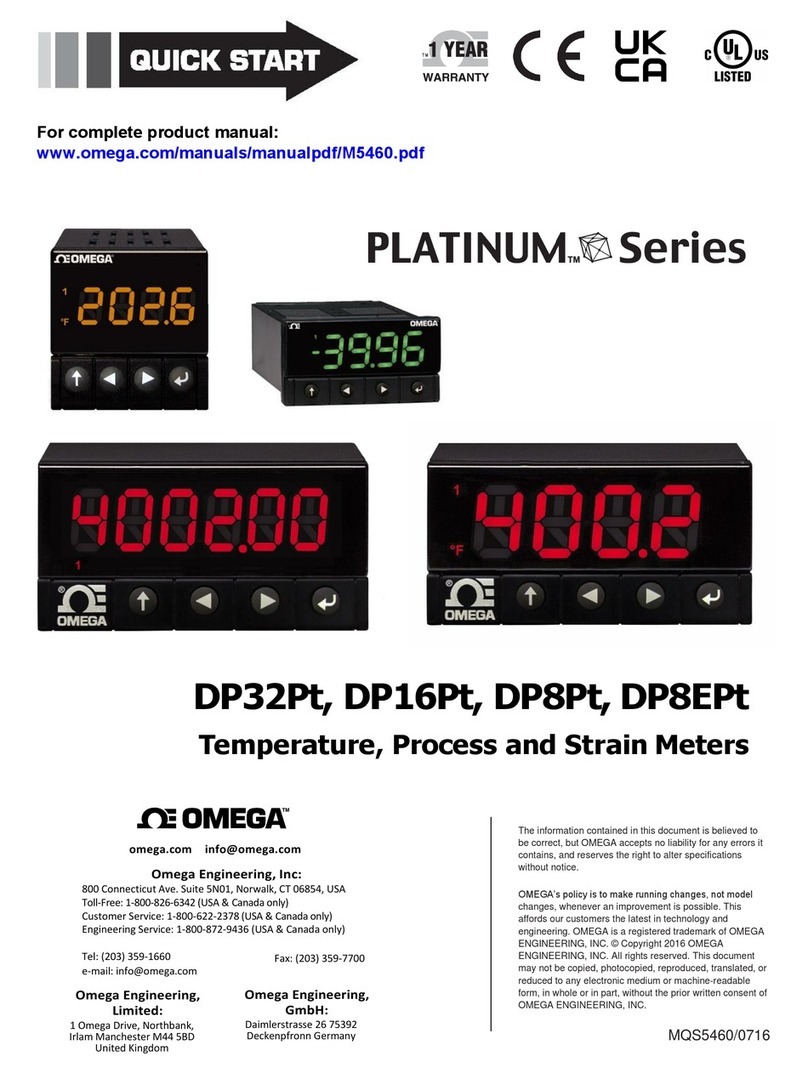
Omega
Omega PLATINUM DP32PT quick start
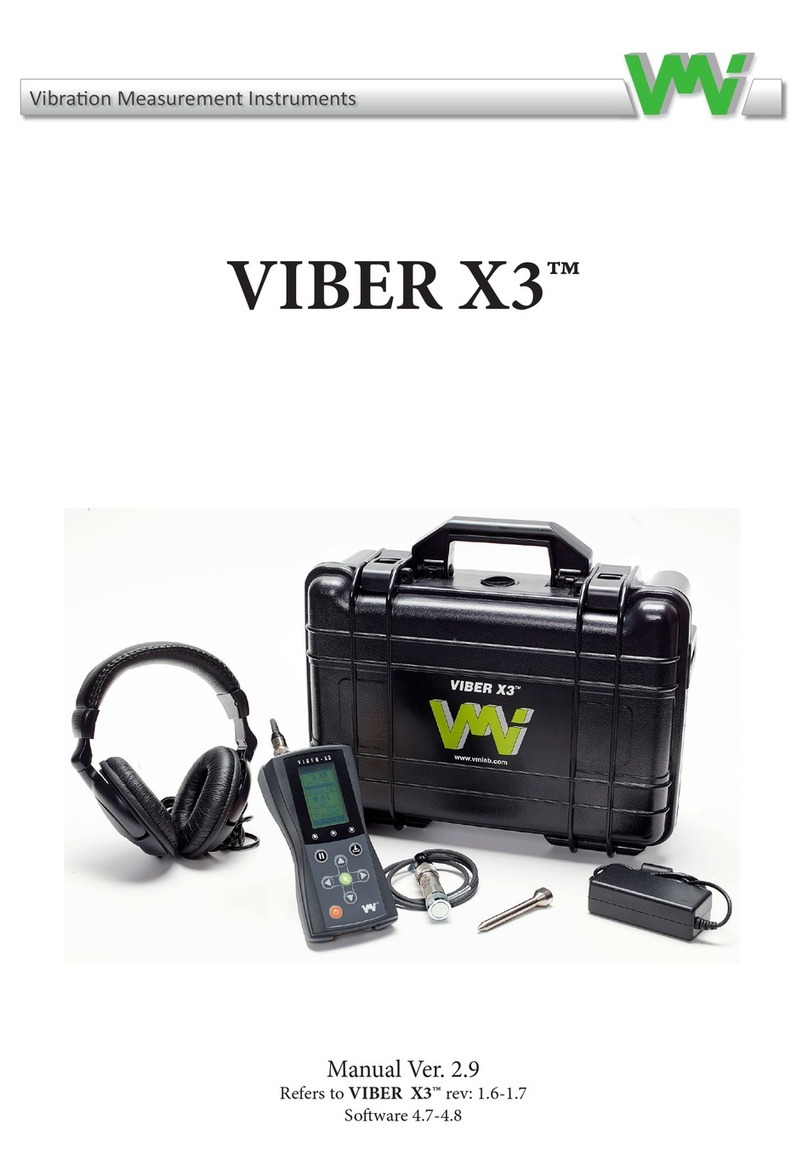
VMI
VMI VIBER X3 manual
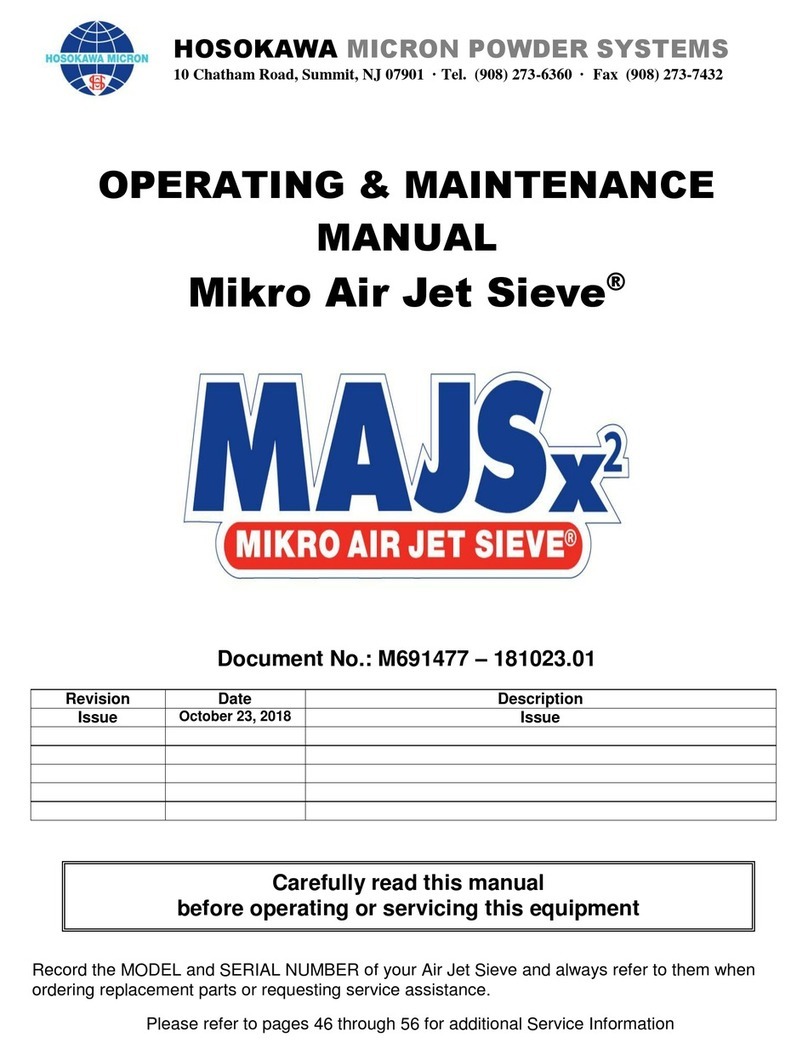
Hosokawa Micron Powder Systems
Hosokawa Micron Powder Systems Mikro Air Jet Sieve operating & maintenance manual

Greenlee
Greenlee 5990A instruction manual
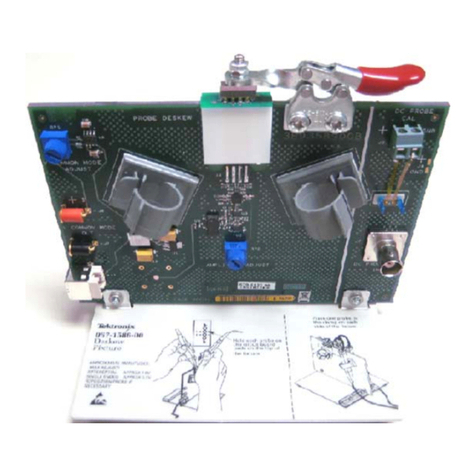
Tektronix
Tektronix TriMode P7500 Series manual

Lafayette Instrument
Lafayette Instrument J00111 user manual

